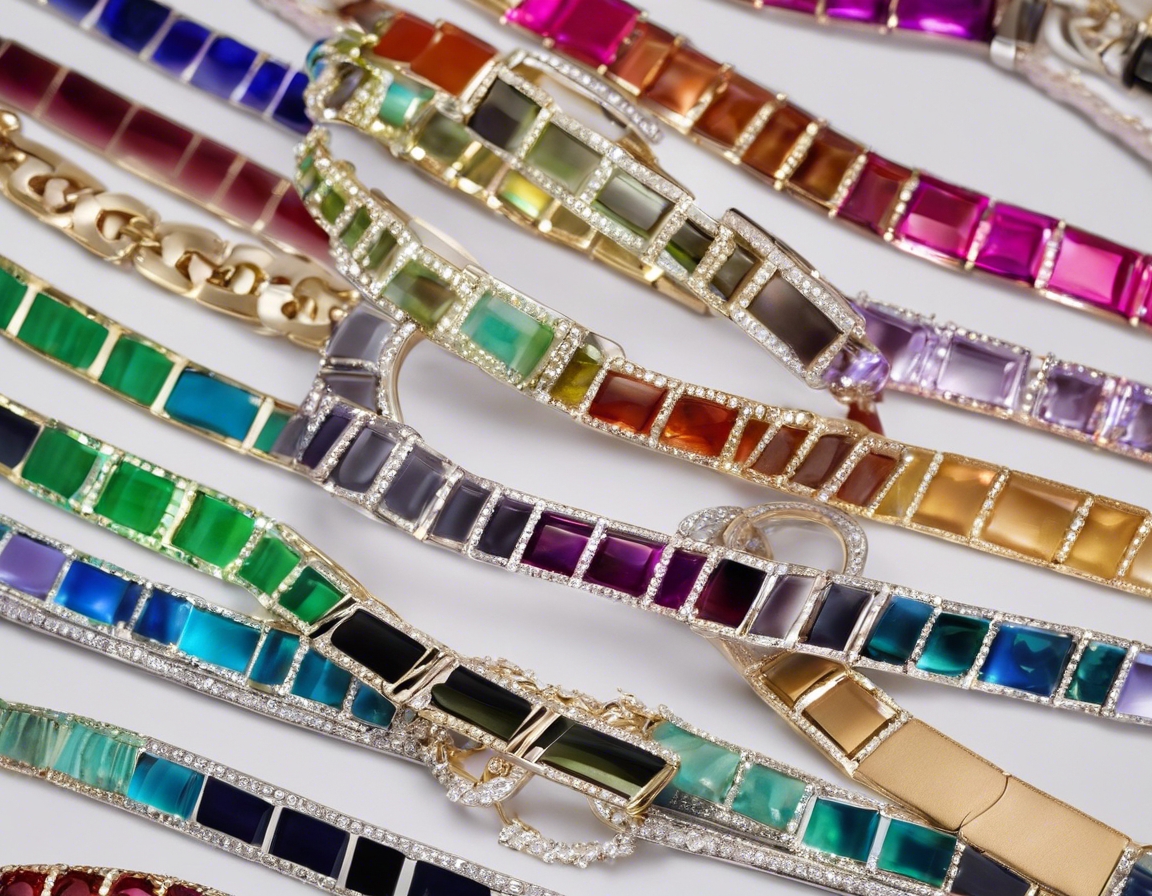The art of crafting eco-friendly fashion
Eco-friendly fashion, also known as sustainable fashion, is a movement and process of fostering change to fashion products and the fashion system towards greater ecological integrity and social justice. It encompasses a comprehensive approach that considers the full lifecycle of a product, from design, raw material production, manufacturing, transport, to its eventual disposal or reuse.
The fashion industry is one of the largest polluters in the world, second only to oil. The need for sustainable practices is not just a trend but a crucial step towards preserving our environment. By adopting eco-friendly practices, designers and brands can significantly reduce the negative impact on the planet, while also meeting the growing consumer demand for sustainable products.
Materials Matter: The Foundation of Eco-Friendly Fashion
Natural fibers are the cornerstone of eco-friendly fashion. Organic cotton, linen, and hemp are popular choices as they are renewable, biodegradable, and require less water and pesticides to grow than conventional cotton. These materials also offer comfort and longevity, which are key components of sustainable apparel.
Recycling and upcycling are innovative ways to reduce waste in the fashion industry. By repurposing existing materials, designers can create new and unique pieces without the need for additional resources. This not only conserves energy and raw materials but also gives a second life to pre-loved items.
Advancements in technology have led to the development of innovative textiles that are both eco-friendly and high-performing. Materials such as Tencel, made from sustainably sourced wood pulp, and recycled polyester, made from plastic bottles, are examples of how the industry is evolving to meet sustainability goals.
Designing with Sustainability in Mind
Creating timeless pieces that transcend seasonal trends is a key principle of sustainable fashion. Unlike fast fashion, which encourages disposable clothing culture, eco-friendly fashion focuses on quality and durability, encouraging consumers to invest in pieces that will last for years.
Embracing minimalist design principles can lead to a reduction in waste and a more sustainable wardrobe. By focusing on essential and versatile pieces, designers can create a curated collection that promotes less consumption and more thoughtful purchasing decisions.
Designing modular and multi-functional garments can significantly extend the life of a piece. These designs allow for multiple ways of wearing or altering a garment, adapting to various styles and occasions without the need for purchasing additional items.
Ethical Production Techniques
Handcrafting and the use of artisanal skills not only preserve cultural heritage but also promote ethical production practices. By supporting local artisans and small-scale production, the fashion industry can help ensure fair labor practices and reduce its carbon footprint.
Adopting low-impact manufacturing processes, such as using renewable energy sources and reducing water usage, can greatly diminish the environmental impact of clothing production. These methods are essential for creating a sustainable fashion ecosystem.
Local sourcing and production can minimize transport emissions and support local economies. By choosing to produce closer to home, fashion brands can have better control over their supply chains and ensure more sustainable practices are in place.
Green Finishing Touches
The use of natural dyes and pigments derived from plants, minerals, and other natural resources is a sustainable alternative to synthetic dyes, which often contain harmful chemicals. These natural coloring methods are less polluting and safer for both the environment and the workers involved in the dyeing process.
Eco-friendly packaging and branding materials, such as recycled paper and biodegradable plastics, are important aspects of a sustainable fashion brand. They not only reduce waste but also communicate a brand's commitment to environmental responsibility.
Waste reduction is a critical goal in eco-friendly fashion. Techniques such as zero-waste pattern making and the upcycling of fabric scraps can significantly decrease the amount of waste produced during the manufacturing process. By rethinking the end-of-life of products, the fashion industry can move towards a more circular economy.





Comments (0)